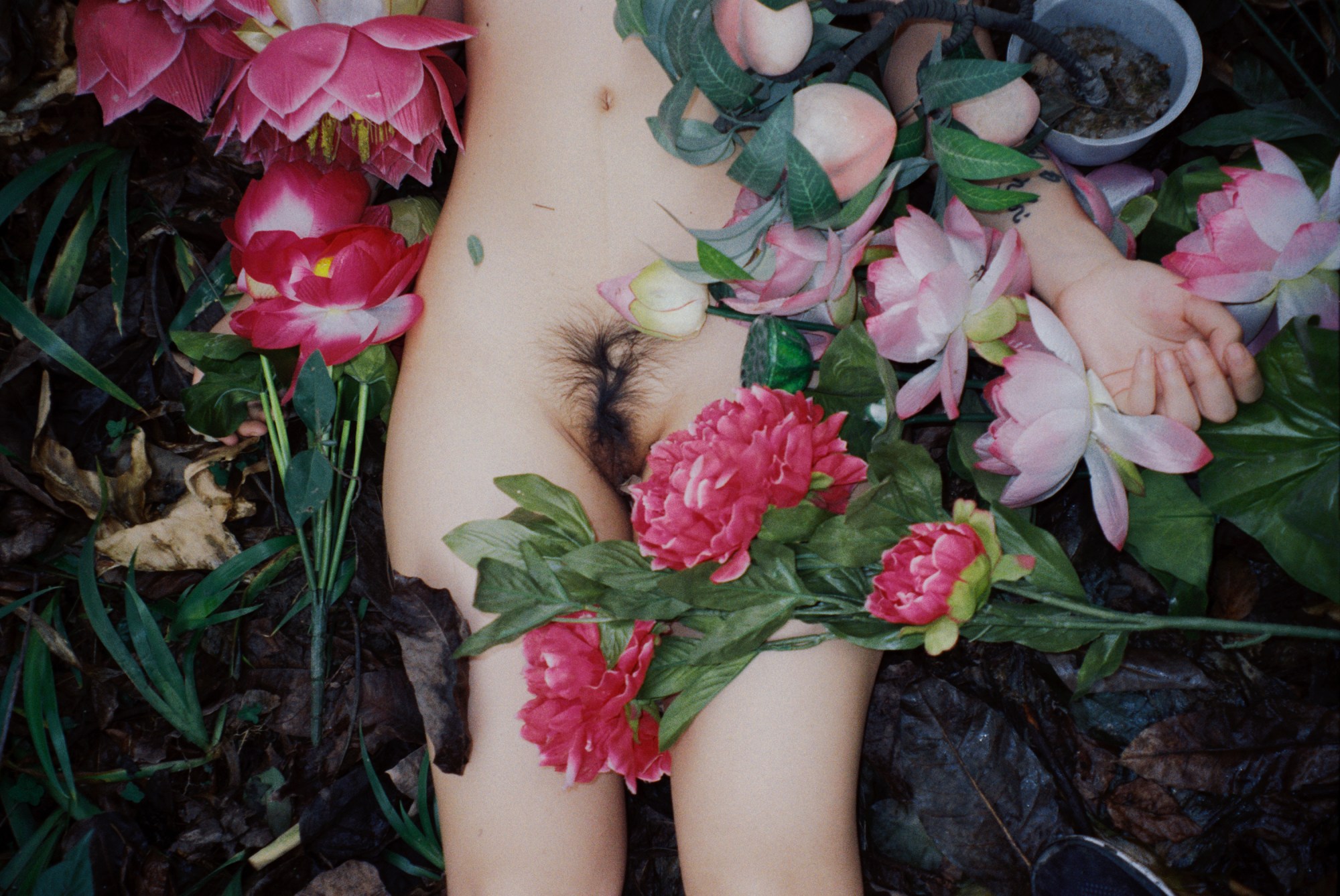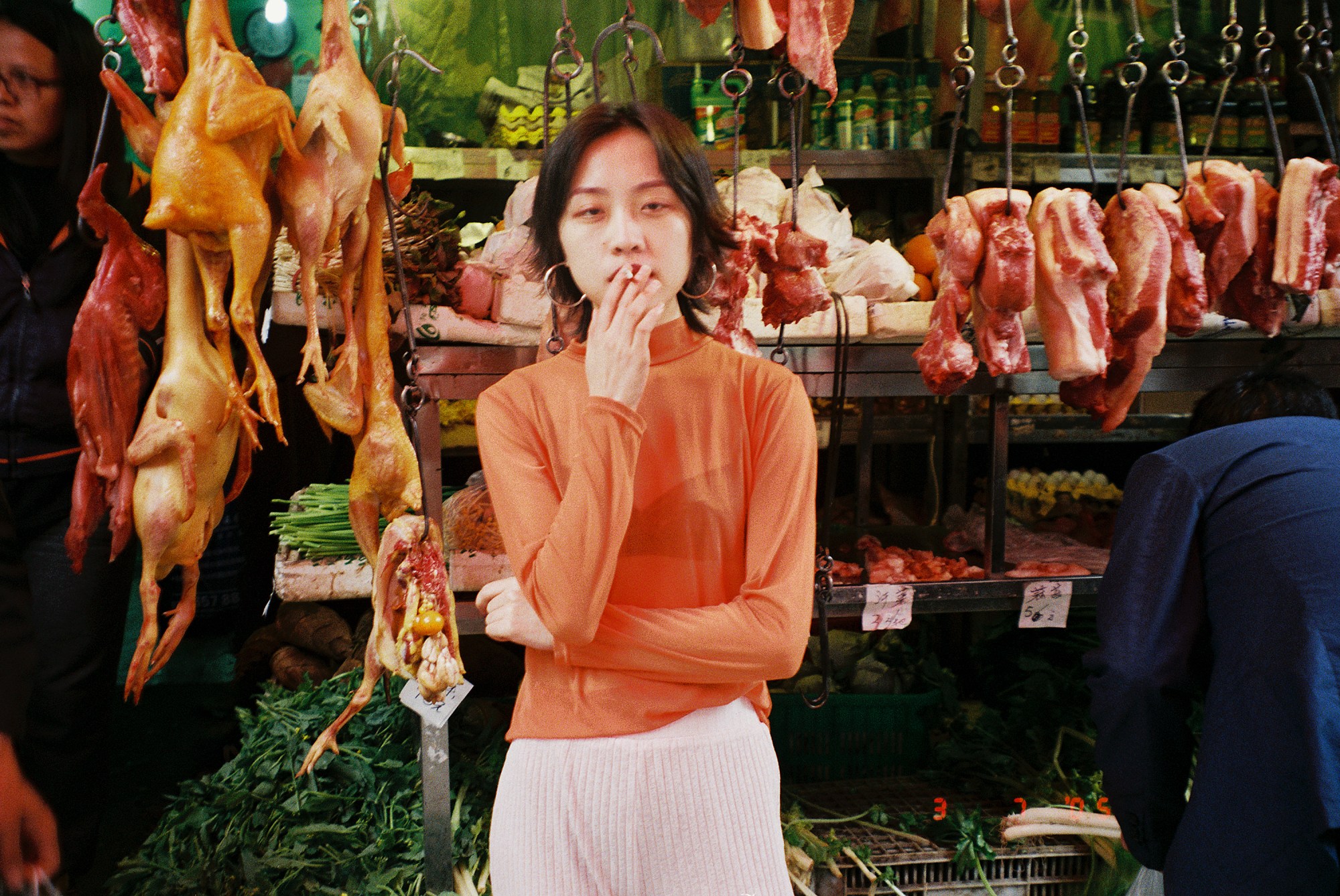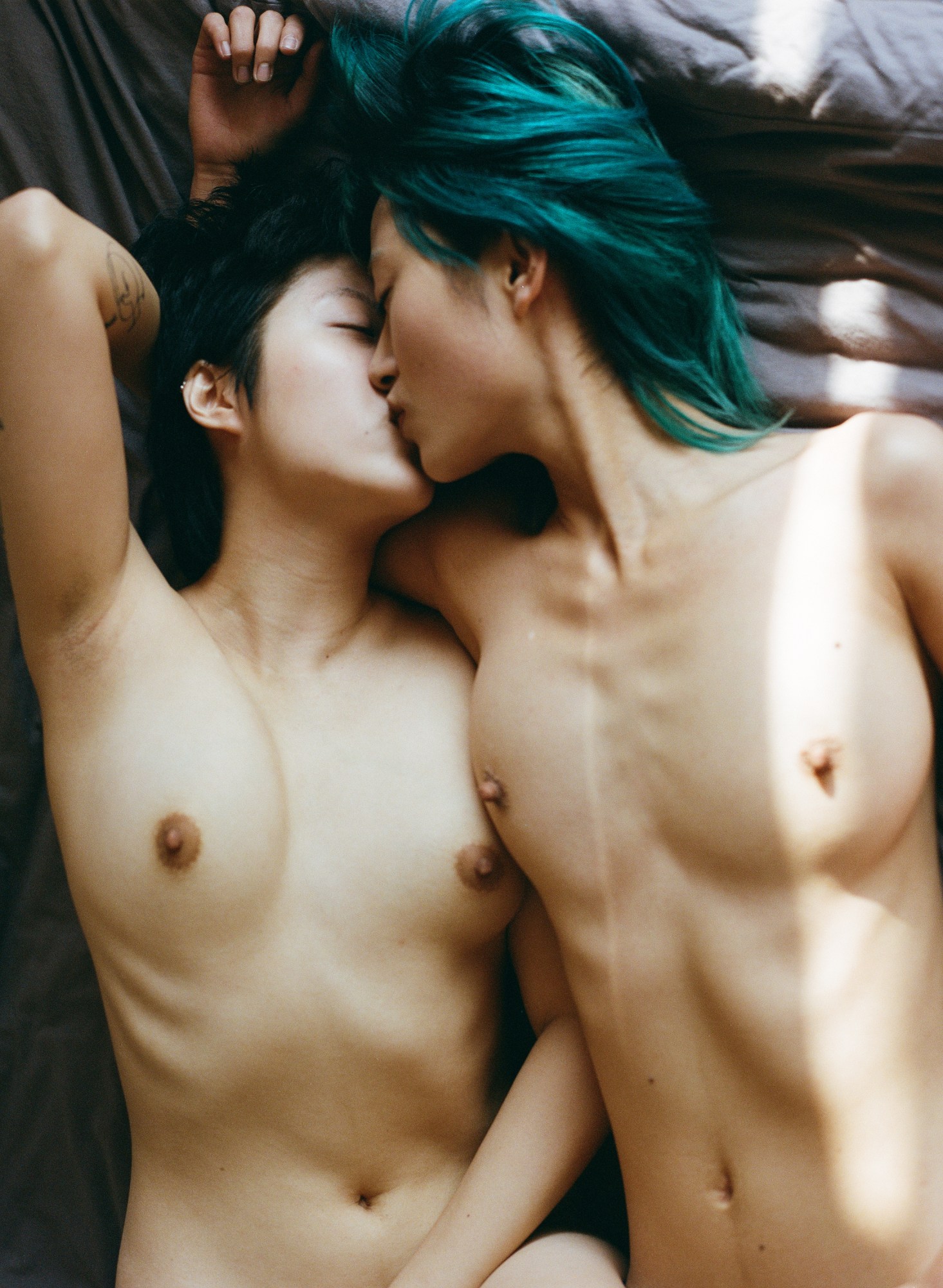In an interview with the New Statesman back in 2012, artist Ai Weiwei called Luo Yang “one of the rising stars of Chinese photography”. In the years following, her work has been shown across China and Europe, won plaudits from some of the world’s most revered artists and publications and, late last year, Luo herself was recognised by the BBC as one of the 100 most influential women worldwide.
Luo’s latest show, her first ever retrospective, comprises of a decades worth of imagery. Predominantly concerned with the role of women and femininity in Chinese society, the show — titled GIRLS — oscillates between different expressions of female identity, gender and sexuality, articulating a universal feeling of complexity and contradiction to prescribed gender roles in a patriarchal society, while offering a unique perspective specific to China. “Each image is important. As each of them represents very different time, age, place, and people,” Luo explains via a translator. “All of them together represent the general state of Chinese women.”
Living and working between Beijing and Shanghai, a lot has changed in Luo’s native China since she began shooting young women in 2008. Taking in a spectrum of different subjects, all of different ages, as the series progresses, so too do the lives and expectation of those photographed. “My first subjects are born in the 80s, then the 90s, then even the 00s,” Luo says. “Great changes have happened during the past decade. Before then the environment and traditional norms were harder for a woman to live differently. Women are more and more independent and open now, it’s easier to pursue the lives they want.”
Having just shown in Bangkok, we spoke to Luo about the project, how she came to be a photographer in the first place, and what she learnt from 10 years of capturing modern femininity in China.
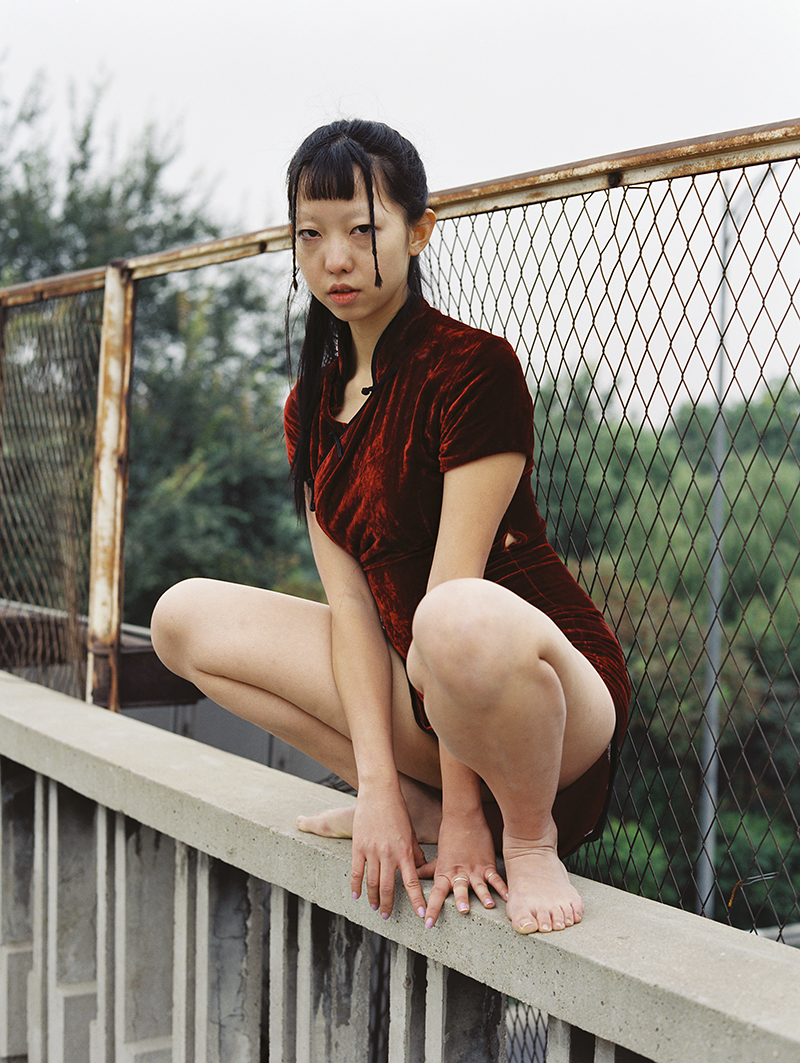
Can you tell us a little bit about the origins behind GIRLS? Where did it begin?
It started with the idea of recording my own confusions, lost during adolescence. But later I realised that people around me share such similar stories and feelings, which are all very precious moments to me, and thus I started to record them as well. It’s a very naturally developed series, a continuous record of my own growth and people around me.
In 10 years, have you seen a difference in the way China defines “femininity” or what is considered “feminine”?
Yes, there has been a very big difference. From the 80s to the 90s, women are more and more independent and open, it’s easier to pursue the lives they want, while before then the environment and traditional norms were harder for a woman to live differently.
How do you relate to the concept of femininity?
I think it’s soft and fragile, sensitive and kind, but also it has a deeply-rooted tenacity and toughness.
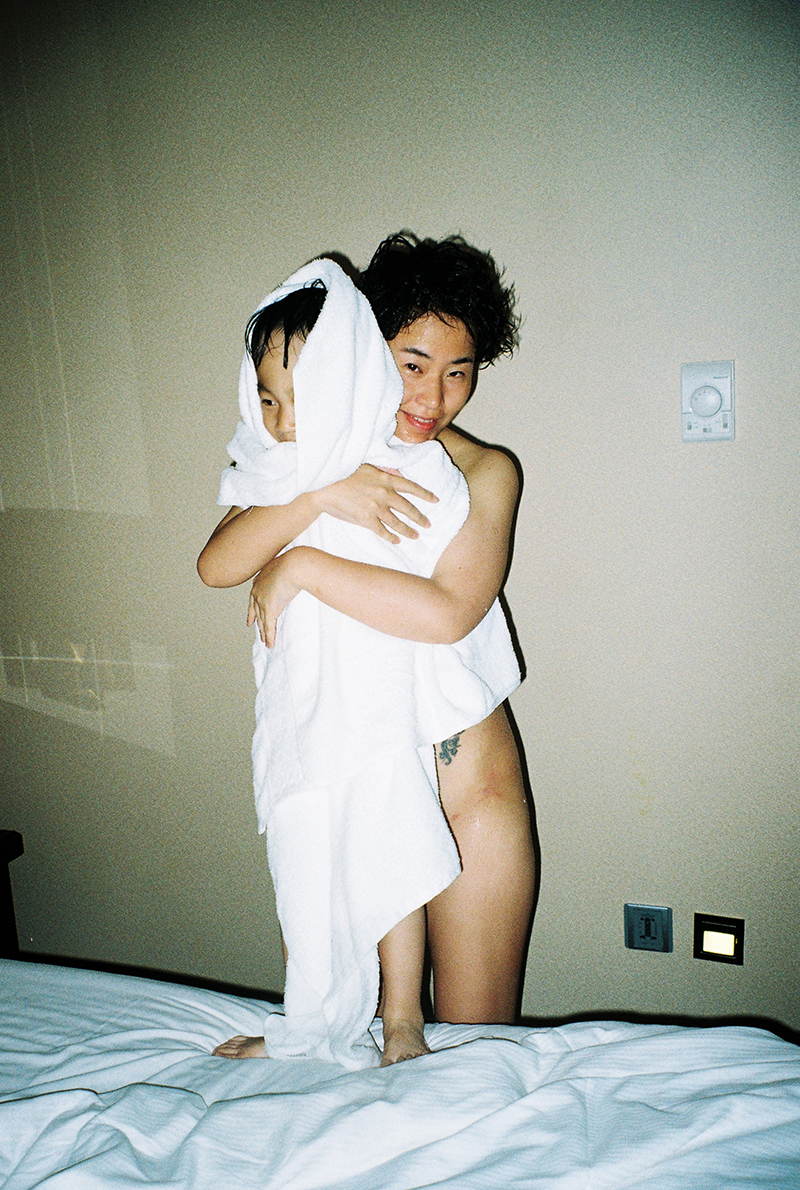
How pervasive do you think beauty trends and procedures that alter a woman’s natural features are in China?
The spread of internet has led to tremendous change within China. When I started the series, people dressed naturally, wore simple, bland clothes. Now it’s a lot more about international fashion. There are a lot more visual, exaggerated looks and styles, and more plastic surgery and heavy make-up, too.
What are main qualities your photography looks to capture?
The softness and tenacity of femininity, and authenticity of women’s lives.
How many of the subjects are complete strangers vs. friends and family?
I have more strangers as subjects than friends and family. But those strangers and I are in a certain way connected. We share the same interests, for example, and usually after the shoot we become friends.

What photographers do you admire? Have any of them had an influence on your work?
Actually, I prefer to seek inspiration from movie or other forms of art. I like many female artists, not one in particular, but in a very comprehensive way. My mother has a great influence on my works.
Has social media changed the way you engage with photography?
Yes. At first, I found art and photos on social media, which was an important way to open my world. Later on, I began to share my own works online and, after receiving encouragement and comments from people, it became an important way to promote my work. And find models.
Did you study photography at university?
Not really. I studied graphic design in college. Being inside an artistic atmosphere and the internet has influenced me greatly, which has cultivated my exploration of other art forms and breaks the limits to see various interesting stuff.
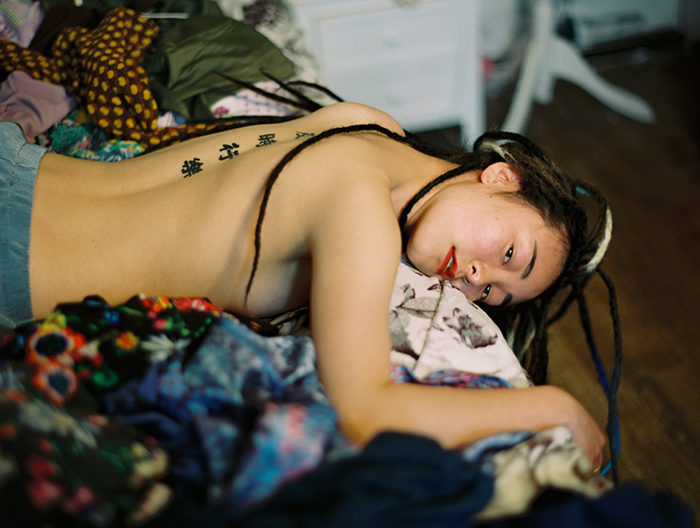
Film or digital? Do you have to spend huge amounts on equipment to make it?
Film. It’s not cheap, but I’m not a camera collector/fan. I use only medium frame and 135mm cameras, not cheap, but not expensive as well.
What’s the biggest challenge you face as a photographer?
Breaking the norms. Breaking the limitation of gender, geography, and the entire environment.
Presented by Moonduckling and produced by Annette Fausboll, Jean Alexandre Luciani and Julien Favre. The 10-year retrospective art exhibition of photographer Luo Yang’s GIRLS series was co-curated by Chomwan Weeraworawit and RDX Offsite. More information here moonduckling.com/luo-yang
